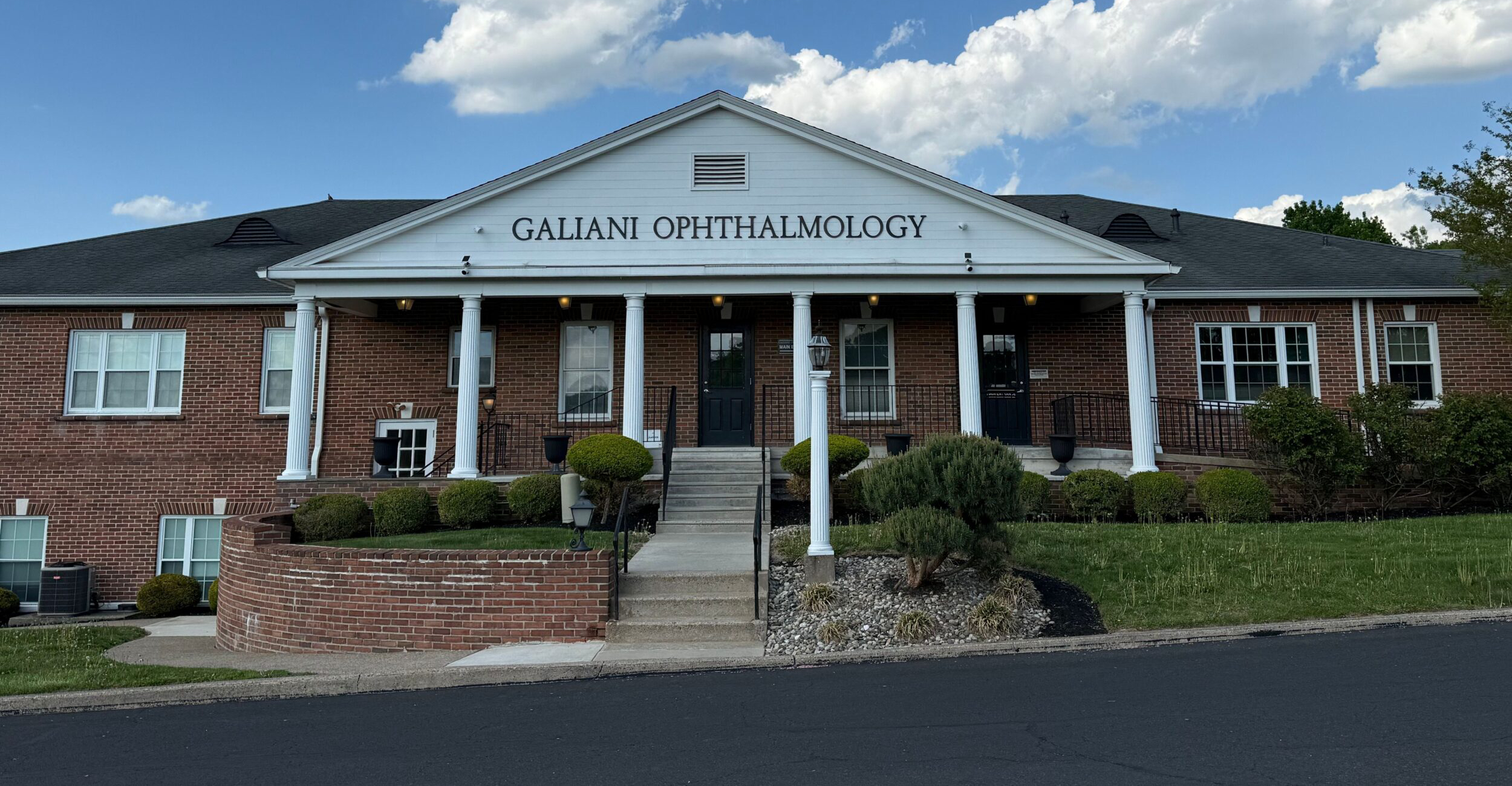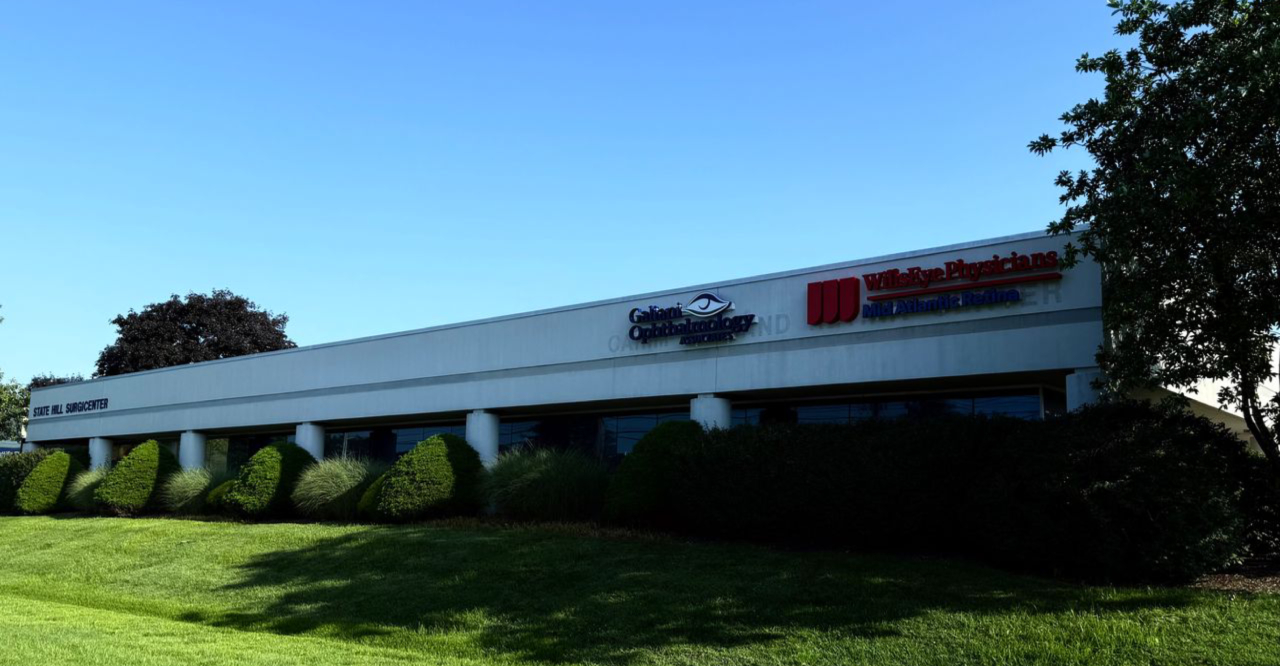
Fortunately, multifocal contact lenses offer a convenient, glasses-free way to manage it. But are they the right fit for you?
At Galiani Ophthalmology Associates, we help patients in and around Reading, PA, find customized vision enhancement solutions in our state-of-the-art practice in Doylestown, PA. With more than 25 years of experience, respected ophthalmologist Dr. David Galiani and our team are here to help you weigh the benefits and limitations of multifocal contacts so you can see clearly and comfortably at every distance.
What Are Multifocal Contact Lenses?
Multifocal lenses provide both near and distance vision in a single contact lens. They have viewing zones, often in concentric circles, that allow your eyes to focus on different distances as needed. Many people choose multifocal contacts as an alternative to reading glasses or bifocals.
Multifocal contacts are, in many ways, similar to advanced intraocular lenses (IOLs) used in cataract surgery. For example, the PanOptix IOL has rings, each calibrated for a different viewing zone.
The key difference is that multifocal contacts require regular removal and cleaning (typically daily), whereas cataract surgery provides permanent vision correction. While many people eventually need cataract surgery, it’s rare to need it in your 40s. Multifocal contact lenses can be a great interim (or even long-term) solution for managing presbyopia before surgery.
Benefits and Drawbacks of Multifocal Contacts Over 40
The Pros
- No more swapping glasses: Nearly everyone over 40 needs reading glasses, but multifocal contacts can change that. They let you go from reading your phone to driving without changing eyewear.
- A more natural visual experience. You’ll have continuous vision instead of sharp jumps between distances like with bifocals.
- Younger appearance. Ditching reading glasses can help you maintain a more youthful, active look.
- Good for daily activities. Reading, walking, computer use, and even some sports are easier with contacts than with glasses.
The Cons
- Adjustment period. It can take a few days or weeks for your brain to get used to processing multiple focal points.
- Slight visual compromises. Some people notice less sharpness in low-light settings or experience minor glare.
- Not ideal for everyone. If you have dry eye, astigmatism, or other conditions, other lens types may be a better fit.
- Cost. Multifocal contacts are usually more expensive than standard lenses, but they do offer more benefits.
Multifocal Contacts in Reading, PA
Not every patient adjusts to multifocal contacts the same way, which is why a customized fitting and professional follow-up are crucial. Whether you’re just starting to notice near-vision changes or want to switch from readers to contacts, we can help. Call 610-376-1981 in Reading or 215-345-5144 in Doylestown to schedule a contact exam.

